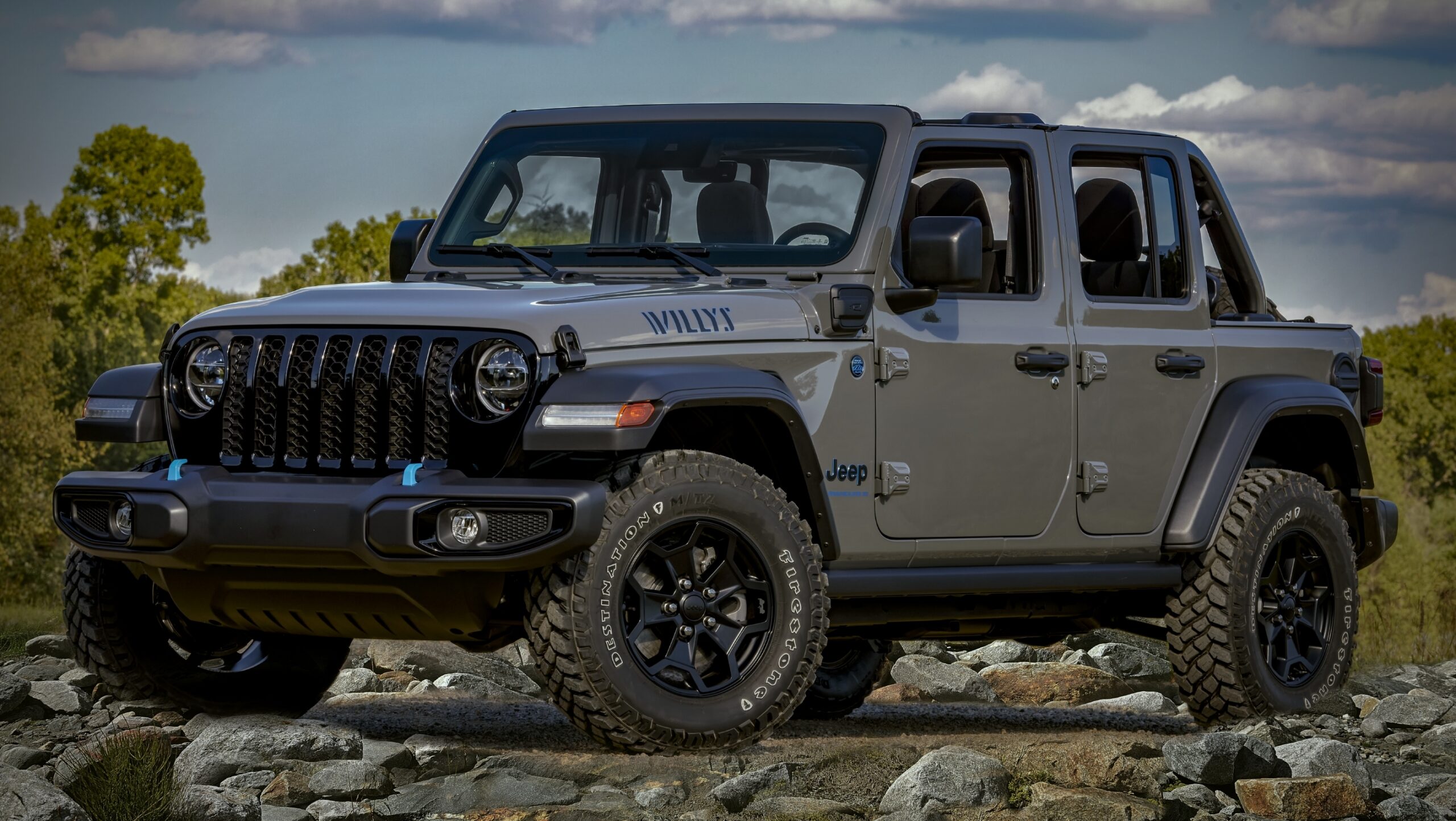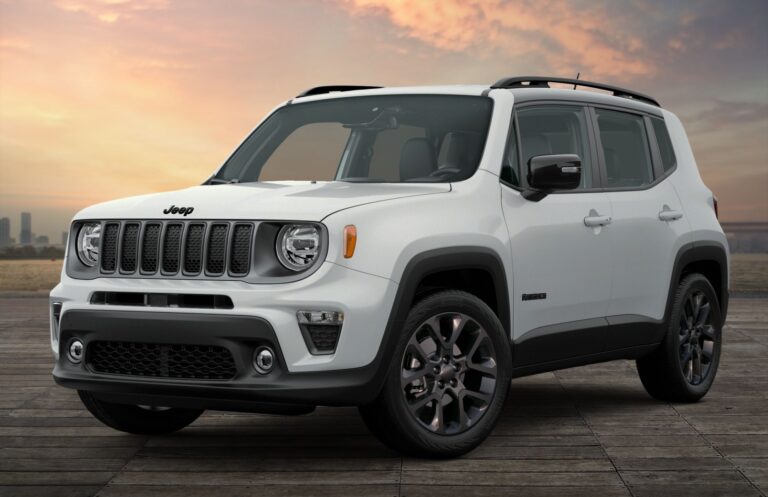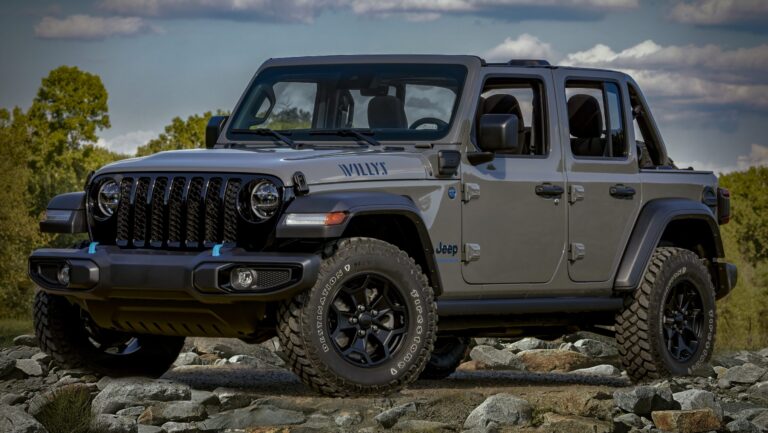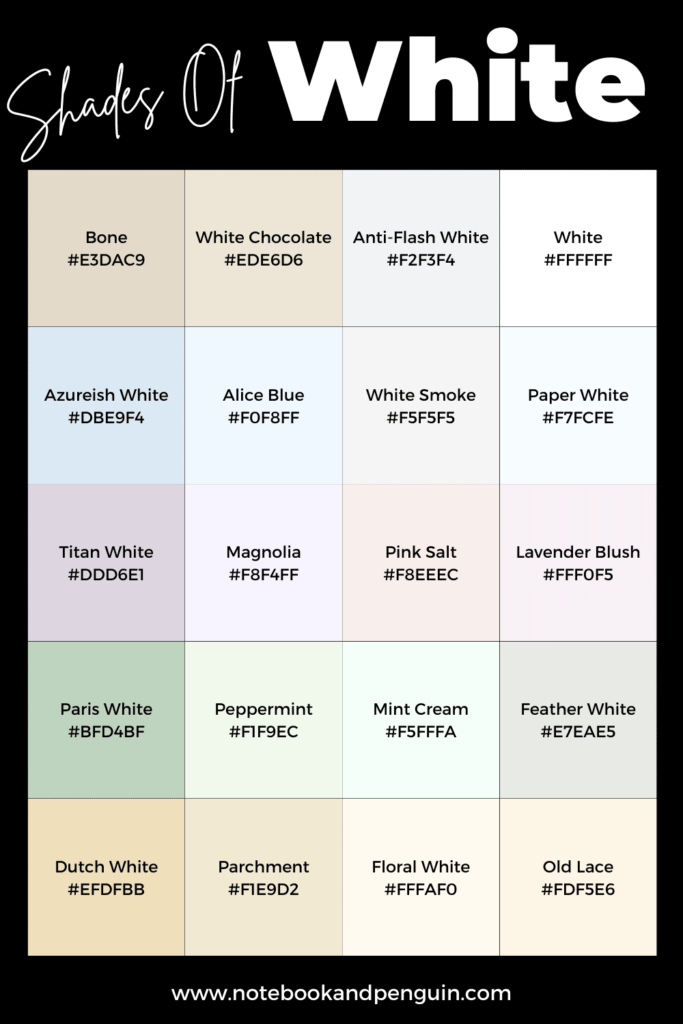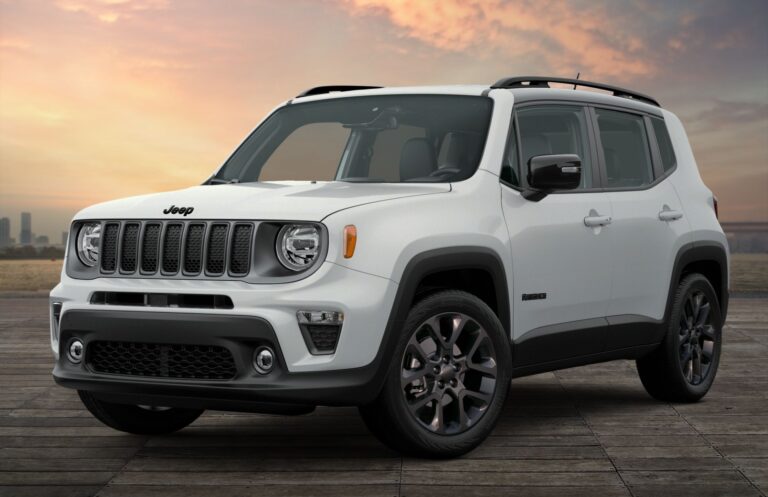Jeep Cherokee Fender Flares: Enhancing Performance, Protection, and Style
Jeep Cherokee Fender Flares: Enhancing Performance, Protection, and Style jeeps.truckstrend.com
The Jeep Cherokee, a legendary nameplate in the automotive world, has long been synonymous with rugged capability, adventurous spirit, and an undeniable connection to the great outdoors. Whether you drive a classic XJ, a modern KL, or one of the versatile models in between, the desire to enhance its performance, protection, and aesthetic appeal is a common thread among owners. Among the myriad of aftermarket modifications available, Jeep Cherokee Fender Flares stand out as a highly functional and visually impactful upgrade. More than just an accessory, fender flares play a critical role in protecting your vehicle, complying with legal requirements, and crafting a unique, aggressive stance that truly reflects the Jeep lifestyle.
This comprehensive guide will delve into every aspect of Jeep Cherokee fender flares, from their fundamental purpose and diverse types to the practicalities of installation, crucial considerations, and common challenges. By the end, you’ll have a thorough understanding of how these seemingly simple additions can transform your Cherokee experience.
Jeep Cherokee Fender Flares: Enhancing Performance, Protection, and Style
Understanding Jeep Cherokee Fender Flares: More Than Just an Accessory
At their core, fender flares are extensions of your vehicle’s wheel wells, designed to provide additional coverage over wider tires. While stock Jeeps often come with basic flares, the need for aftermarket options arises when owners upgrade to larger, more aggressive off-road tires and wheels that extend beyond the factory body lines.
The primary purposes of installing aftermarket fender flares on your Jeep Cherokee include:
- Debris Protection: Larger, more aggressive tires, especially those with an aggressive tread pattern, are highly effective at kicking up rocks, mud, sand, and other road debris. Without adequate coverage, this debris can chip your paint, dent body panels, and even strike other vehicles or pedestrians. Fender flares act as a shield, containing the spray and protecting your Cherokee’s finish.
- Legal Compliance: Many regions and states have laws requiring that vehicle tires be fully covered by the fender or fender flare when viewed from above. This regulation is primarily for safety, preventing thrown debris. Upgrading to wider tires without corresponding flares can lead to fines and legal issues.
- Aesthetic Enhancement: Beyond their practical benefits, fender flares dramatically alter the visual appeal of your Jeep Cherokee. They contribute to a more aggressive, rugged, and customized look, especially when paired with a lift kit and larger tires, creating a cohesive and purposeful off-road stance.
- Increased Tire Clearance: Some specialized flares, particularly "flat" or "cut-out" styles, are designed to maximize the clearance within the wheel well. This is crucial for serious off-roaders who need maximum articulation and travel without tire rubbing, allowing for even larger tire fitment.
![]()
Benefits of Installing Fender Flares on Your Jeep Cherokee
Investing in quality fender flares offers a multitude of advantages for any Jeep Cherokee owner:

- Superior Body Protection: This is perhaps the most significant practical benefit. Fender flares shield your Cherokee’s paint and bodywork from constant bombardment by road grime, rocks, mud, and other elements. This protection helps preserve your vehicle’s appearance and can reduce long-term maintenance costs associated with paint repair.
- Enhanced Off-Road Capability: By allowing the fitment of larger tires, flares directly contribute to improved off-road performance. Larger tires offer better traction, increased ground clearance, and the ability to traverse more challenging terrain with greater ease.
- Aggressive & Customized Appearance: Fender flares instantly transform the look of your Cherokee, giving it a bolder, more muscular presence. They are a cornerstone of the popular "off-road" aesthetic, signaling that your vehicle is ready for adventure. With various styles and finishes available, you can tailor the look to your personal preference.
- Legal Peace of Mind: Adhering to local tire coverage laws ensures you avoid unnecessary fines and complications, allowing you to enjoy your modified Jeep without legal worries.
- Potential Resale Value: A well-maintained and thoughtfully modified Jeep, especially one equipped for off-road use, can sometimes command a higher resale value. Quality fender flares signal responsible ownership and a commitment to proper vehicle modification.
![]()
Types of Jeep Cherokee Fender Flares: Choosing the Right Fit
The market offers a diverse range of fender flare styles, each catering to different needs, aesthetics, and levels of modification. Understanding these types is crucial for making an informed decision:
- OEM Style / Stock Replacements: These flares closely mimic or are exact replicas of the factory flares. They are ideal for replacing damaged stock flares or for those who want a subtle increase in coverage without drastic changes. They generally offer minimal additional tire coverage.
- Pocket Style / Bolt-On Flares: Perhaps the most popular aftermarket style, pocket flares feature exposed bolts or rivets around the outer edge, giving them a rugged, industrial "bolt-on" appearance. They typically offer significant additional tire coverage (2-4 inches) and are highly durable, often made from ABS plastic. While they appear bolted on, some designs require drilling into the fender for installation.
- Flat Style Flares: Designed for maximum tire clearance, flat flares streamline the fender line, sitting much closer to the tire and providing a flatter, less bulky profile than pocket flares. They are favored by serious off-roaders who need extreme articulation without tire rubbing, allowing for very large tire fitment. Many flat flares require cutting of the original fender for installation.
- Cut-Out Flares: These are the most extreme type of fender flare, demanding significant modification to the vehicle’s body. Installation involves cutting away a substantial portion of the original fender and body panel to maximize wheel well opening and articulation. Cut-out flares provide the absolute most tire clearance but are a permanent and irreversible modification, best suited for dedicated rock crawlers and extreme off-road builds.
- Extended/Wide Flares: Similar to pocket style but without the visible "pocket" hardware, these simply extend further out from the body, providing increased coverage for wider tires. They offer a cleaner look than pocket flares while still providing substantial protection.
Common Materials:
- ABS Plastic: The most common material due to its durability, flexibility, and resistance to impacts. It’s often UV-treated to prevent fading and comes in textured black or smooth, paintable finishes.
- Fiberglass: Lighter than ABS, often used for custom or race applications. Can be more brittle than ABS and requires painting.
- Steel: Less common for fender flares themselves, but some heavy-duty, integrated fender/armor systems might be made of steel, offering ultimate protection but adding significant weight.
Key Considerations Before Purchasing Jeep Cherokee Fender Flares
Before you click "add to cart," take the time to consider these critical factors to ensure you choose the right fender flares for your Jeep Cherokee:
- Your Jeep Cherokee Model and Year: Flares are vehicle-specific. An XJ (Cherokee, 1984-2001) flare will not fit a KL (Cherokee, 2014-present) or a KJ (Liberty, 2002-2007). Double-check compatibility.
- Current and Future Tire Size & Wheel Offset: This is paramount. The primary function of flares is to cover your tires. Measure how far your tires currently protrude (or how far you plan for them to protrude) to determine the necessary flare width. Wheel offset also plays a huge role here.
- Lift Kit Status: If you have a lift kit, it will affect the overall aesthetic and might influence your choice of flare style (e.g., flat flares often complement larger lifts).
- Intended Use of Your Jeep:
- Daily Driver/Light Trails: OEM, Extended, or Pocket styles are generally sufficient.
- Moderate Off-Roading: Pocket or Flat styles offer good protection and clearance.
- Serious Rock Crawling/Extreme Off-Roading: Flat or Cut-Out flares are often necessary for maximum articulation.
- Installation Difficulty and Your Skill Level: Some flares are "no-drill," while others require drilling into your fenders or even cutting body panels. Be realistic about your DIY capabilities or budget for professional installation.
- Budget: Fender flare prices vary widely based on style, material, brand, and coverage. Set a realistic budget before you start shopping.
- Local Laws and Regulations: Research your local tire coverage laws. Some areas are stricter than others. Ensure your chosen flares provide adequate coverage to avoid legal issues.
- Paint vs. Textured Finish: Do you want a raw, textured black look, or do you plan to paint them to match your vehicle’s color? Ensure the flares you choose are paintable if that’s your intention.
A Step-by-Step Guide to Installing Jeep Cherokee Fender Flares (General)
While specific instructions will vary by flare type, brand, and Cherokee model, here’s a general guide to help you understand the installation process:
Tools You’ll Likely Need:
- Drill and various drill bits (if drilling required)
- Wrenches and sockets
- Measuring tape
- Marker/Grease Pencil
- Body saw or cut-off wheel (for cut-out flares only – professional help recommended)
- Panel popper/trim removal tools
- Rubbing alcohol or cleaner
- Protective eyewear and gloves
Installation Steps:
- Preparation:
- Park your Jeep on a level surface.
- Clean the fender areas thoroughly where the flares will attach.
- Read the manufacturer’s instructions completely before starting. This is crucial as steps vary.
- Remove Existing Flares (if applicable):
- Carefully unbolt or unclip your old fender flares. Use a panel popper to avoid damaging clips. Save any reusable hardware.
- Test Fit Each Flare:
- Crucial step! Hold each new flare in place to ensure proper alignment and fitment. Mark any areas that need trimming or drilling with a grease pencil.
- Install Edge Trim/Gasket:
- Most flares come with a rubber edge trim or gasket that seals the flare against the body. Install this trim onto the flare before mounting it to the vehicle. This step often requires patience.
- Drilling (if required):
- If your flares require drilling, carefully mark the drill points as indicated by the manufacturer’s template or the flare itself during the test fit. Use a pilot bit first, then the recommended size.
- Important: For drilled holes, apply a rust-preventative paint or sealant to the exposed metal edges to prevent corrosion.
- Mounting the Flares:
- Align the flare with the pre-drilled holes (or existing mounting points).
- Secure the flare using the provided hardware (bolts, clips, screws). Do not overtighten initially; snug them up and then tighten fully once all hardware is in place and the flare is properly aligned.
- Trimming (for Cut-Out/Flat Flares):
- This is the most involved step for specific flare types. If you’re installing cut-out or some flat flares, you will need to mark the cut lines on your fender and body panel. Use a body saw or cut-off wheel to carefully remove the marked sections. This is a permanent modification and should only be attempted by experienced DIYers or professionals. Finish cut edges with rust-preventative paint.
- Final Checks:
- Once all flares are installed, double-check all bolts and fasteners for tightness.
- Ensure the flares sit flush against the body.
- Clean up any markings or debris.
Maintaining Your Jeep Cherokee Fender Flares
Proper maintenance will extend the life and appearance of your fender flares:
- Regular Cleaning: Wash your flares along with the rest of your Jeep, paying attention to areas where dirt and mud can accumulate behind them.
- Inspect Fasteners: Periodically check all bolts and clips, especially after off-roading, to ensure they haven’t loosened. Tighten as needed.
- UV Protection: For ABS plastic flares, consider applying a UV protectant spray to prevent fading and chalking over time, especially if they are textured black.
- Repair Minor Scuffs: Small scratches on textured flares can sometimes be blended with a heat gun (carefully!) or specialized plastic repair kits. For painted flares, touch-up paint is an option.
Common Challenges and Solutions
- Fitment Issues: Sometimes flares don’t seem to fit perfectly.
- Solution: Double-check the part number against your specific Jeep model and year. Ensure you’re not mixing up front and rear flares, or left and right. Patience and gentle manipulation during test fitting can often resolve minor issues. If persistent, contact the manufacturer.
- Drilling Anxiety: The thought of drilling into your beloved Jeep can be daunting.
- Solution: Measure twice, drill once. Use a small pilot bit first. Apply rust preventative paint to all drilled holes. If truly uncomfortable, consider a no-drill flare option or professional installation.
- Paint Matching: If you choose paintable flares, getting a perfect match can be tricky.
- Solution: Take your flares to a professional body shop for painting. They have the equipment and expertise to match your Jeep’s paint code accurately.
- Rust Prevention: Drilling new holes exposes bare metal to the elements.
- Solution: Always use a high-quality rust-inhibiting primer or paint on any newly drilled holes before installing the flares.
- Damage from Off-Roading: Flares can take a beating on the trails.
- Solution: Choose durable materials like ABS plastic. While minor damage is often unavoidable, many flares are designed to withstand impacts. If a flare is severely damaged, replacement is usually straightforward.
Price Table: Estimated Costs for Jeep Cherokee Fender Flares
Please note: Prices are estimates and can vary significantly based on brand, material, specific model (XJ, KL, etc.), retailer, and current market conditions. This table provides a general range.
| Flare Type | Material | Estimated Price Range (USD) | Key Features / Notes |
|---|---|---|---|
| OEM Style / Stock | ABS Plastic | $150 – $350 (Set of 4) | Direct replacement, minimal coverage increase, often for specific model years. |
| Extended / Wide Flares | ABS Plastic | $250 – $500 (Set of 4) | More coverage than stock, cleaner look than pocket style, usually no exposed hardware. |
| Pocket Style / Bolt-On | ABS Plastic | $300 – $700 (Set of 4) | Aggressive "bolt-on" look, good coverage (2-4 inches), often requires drilling. |
| Flat Style Flares | ABS Plastic | $400 – $900 (Set of 4) | Maximum wheel well clearance, streamlined look, often requires fender trimming. |
| Cut-Out Flares | ABS Plastic, Fiberglass | $500 – $1200+ (Set of 4) | Most extreme clearance, requires significant, permanent fender cutting. |
| Premium Brands | ABS Plastic, Specialty | $700 – $1500+ (Set of 4) | High-quality materials, precise fitment, often proprietary designs, enhanced durability. |
| Installation Cost (Professional) | N/A | $200 – $600+ | Varies by shop and complexity of flare (cut-out flares are more expensive to install). |
Frequently Asked Questions (FAQ) about Jeep Cherokee Fender Flares
Q1: Are fender flares necessary for my Jeep Cherokee?
A1: Not strictly necessary for a stock Jeep with stock tires. However, they become essential if you install larger, wider tires that protrude beyond the factory fenders, both for legal compliance and to protect your vehicle from debris.
Q2: Do I need to lift my Jeep to install fender flares?
A2: No, you don’t need a lift kit to install fender flares. However, a lift kit often complements larger tires, which in turn necessitate fender flares for coverage and aesthetics. Some flares (like flat or cut-out styles) are specifically designed to maximize clearance for larger tires with a lift.
Q3: Can I install fender flares myself?
A3: Many types of fender flares (especially bolt-on or extended styles) can be installed by a DIY enthusiast with basic tools and mechanical aptitude. However, "cut-out" flares that require body modification are best left to experienced professionals.
Q4: Do fender flares come pre-painted?
A4: Most aftermarket fender flares come in a textured black finish or a smooth, paintable black finish. Very few are pre-painted to match specific vehicle colors, as there are too many variations. If you want a color-matched look, you’ll likely need to have them professionally painted after purchase.
Q5: What’s the difference between pocket style and flat style flares?
A5: Pocket style flares have a more robust, "bolt-on" appearance with visible hardware, providing good tire coverage. Flat style flares offer maximum tire clearance by sitting closer to the tire and often require cutting the original fender, resulting in a sleeker, more streamlined look ideal for extreme off-roading.
Q6: Will fender flares protect my paint from scratches?
A6: Yes, significantly. Fender flares act as a barrier, preventing rocks, mud, and other debris kicked up by your tires from directly hitting and scratching your Jeep’s paintwork along the sides.
Q7: How do I know what size flares I need?
A7: The "size" (width/coverage) you need depends on how far your tires extend beyond your current fenders. You’ll need to measure this protrusion. Most flare manufacturers specify the additional coverage (e.g., "adds 2 inches of coverage"). Always choose flares that adequately cover your widest tire.
Q8: Are there legal requirements for fender flares?
A8: Yes, many states and countries have laws requiring tires to be fully covered by the fender or fender flare when viewed from above. These laws are designed for safety, preventing debris from being thrown by exposed tires. Check your local Department of Motor Vehicles (DMV) or equivalent for specific regulations in your area.
Conclusion
Jeep Cherokee fender flares are far more than a simple aesthetic upgrade; they are a vital component for any owner looking to protect their vehicle, comply with legal standards, and enhance its off-road prowess. From the classic XJ to the modern KL, choosing the right set of flares involves careful consideration of your vehicle’s specific needs, your intended use, and your personal style. By understanding the different types, benefits, installation processes, and potential challenges, you are now well-equipped to make an informed decision that will undoubtedly elevate your Jeep Cherokee’s functionality and formidable presence on and off the road. Embrace the adventure, and let your Cherokee’s new flares lead the way!

